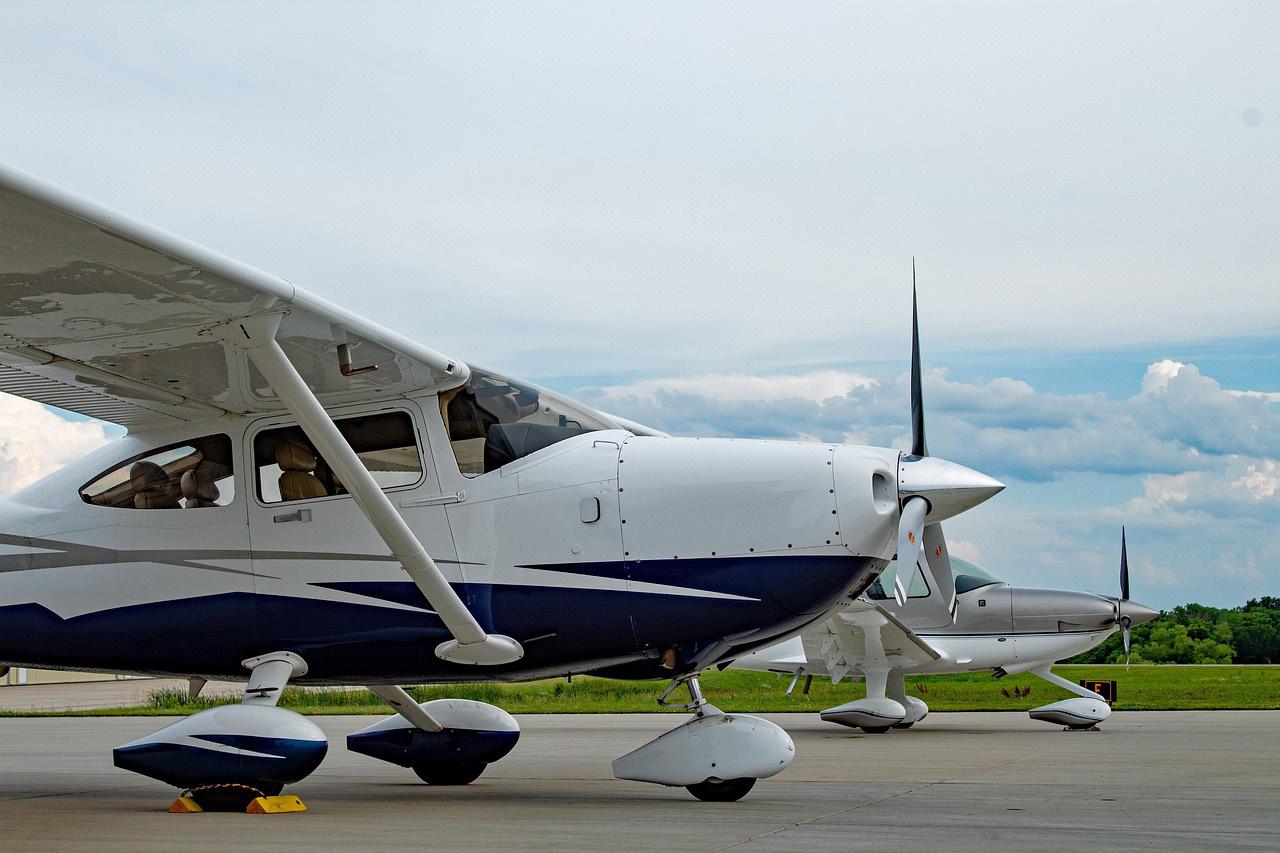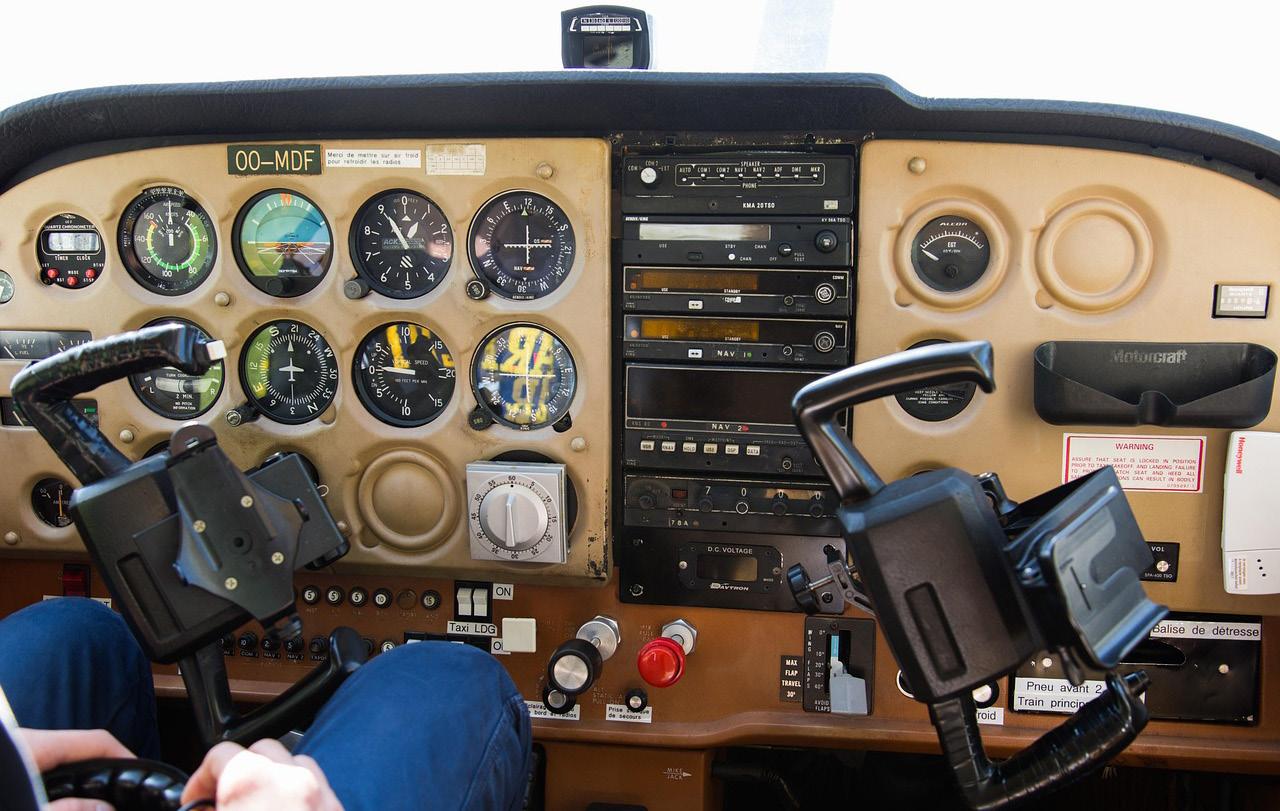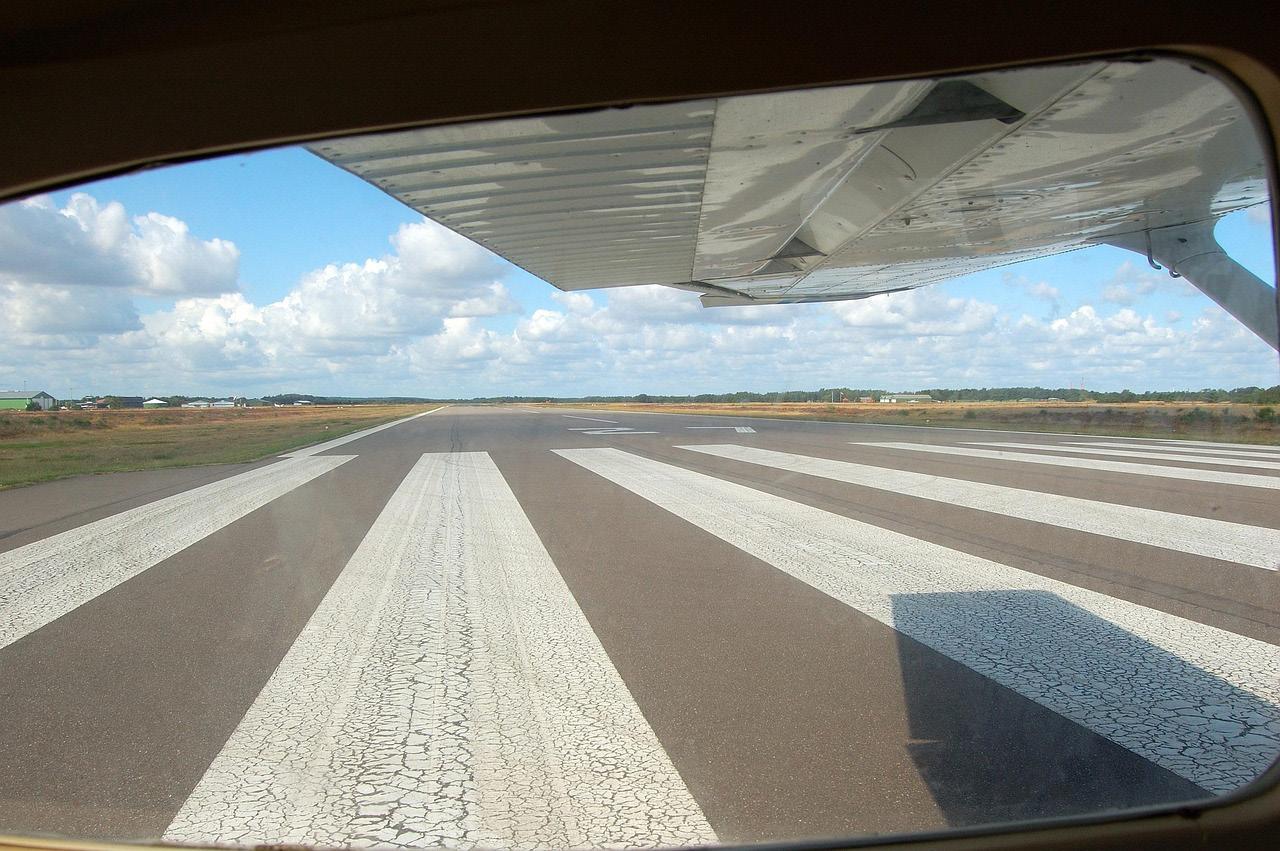
7 minute read
FLIGHT TESTS
Professional pilots embody the attributes in the definition above. Being a professional pilot has nothing to do with what license you hold, it is ultimately about the attitude with which you approach flying. This article is the tenth in a series that will examine aspects of piloting light aircraft to a professional standard.
Flight tests are the right of passage to qualify as a Private Pilot and to attain additional qualifications and privileges. Professional Pilots approach the flight test with a professional attitude. A large determinate in succeeding with your flight test is the amount of preparation you put in. Obviously the better prepared you are the better you are likely to do, however there are tips that can make the experience better. The purpose of this article is to provide those tips from my point of view as a pilot examiner (PE) so that you give yourself the best chance to succeed.
1) Read and understand the Transport Canada Flight Test Guide (FTG) for the test you are attempting. I still see candidates that show up for flight tests and don’t know what’s in the FTG. PE’s don’t colour outside the lines. The FTG is your checklist for what you need to know and do on a flight test. Your instructor should have gone over the FTG with you before the ride, but you need to make sure that you understand everything in it. Carefully go through the performance criteria for each exercise and reach out to your instructor if there is something you are not sure of.

2) Find out ahead of time how the examiner would like to be paid. Personally, I don’t do cheques anymore I will either take cash or an interact e-transfer.
3) Don’t show up for the flight test sick. This may seem obvious but knowing how hard it can sometimes be to schedule a flight test, there may be a temptation to show up even if you are not well. I had this happen to me when a candidate showed up with an obvious very bad cold. I asked him if he was OK to fly and he said yes, which ended the ride right there as a Pilot Decision Making fail, not to mention I did not want to share a cramped cabin with this guy and get what ever nasty bug he had.
4) Show up early and organized. This includes, if possible, checking out the airplane before the test. Find out if there are any unserviceable components, oil and fuel are good, clean out any trash in the cabin and organize the seatbelts. A personal pet peeve is dirty windshields. See and Avoid is hard enough with a clean windshield but can become problematical if the airplane has killed every bug in a 10 mile radius.
5) Insist on a complete preflight test with ideally another experienced instructor. This should mirror the entire test including the ground portion.

You will then have an idea of what to expect on the actual test which will make the process less frightening and also identify any weak areas that you can fix before the test.
6) On the ground portion:
a) Don’t try to BS the PE. He/she knows way more than you do so if you don’t know the answer fess up immediately and ideally indicate where you go to look up the answer
b) When asked a question that doesn’t seem clear to you ask the PE for some more context or information or say something like “Just so I am clear you want to know/me to explain/me to do XXX”
c) When asked a question, don’t answer right away—take a few seconds to organize your thoughts before replying. Try to be brief and answer just what you were asked. If the PE wants to know more let them ask. If you end up going down a rabbit hole, stop talking. Reset the conversation with a general comment like. “ I realize I am not explaining that very well. Let me start over”. As an examiner I am totally happy with that and it usually a reflection of the fact the candidate was nervous.
d) As an examiner I will take notes throughout the flight test. The fact that I am writing something doesn’t mean you just failed it is just information so that I have everything I need to fill out the flight test report and provide an effective debrief so best to just ignore it.
7) In the Air:
a) Keep a good lookout! If you don’t look before you maneuver, you fail. I have had several flight tests fails for this.
b) Keep the airplane trimmed! I continually see candidates not taking the time to get the airplane in trim and so as soon as I ask for something the airplane starts to climb or descend, or I ask then for a maneuver like say the Steep Turn and they are already 50 feet low or high before they have even started it.
c) When asked to do a maneuver, if at all possible take 10 seconds and mentally run through the actions you will perform before commencing the maneuver.
d) It should be absolutely clear in your mind who is doing what in the event of an actual emergency. If you have any doubts discuss the PE’s expectations. My personal brief is as follows. In the event of an actual emergency requiring immediate action such as an engine failure or fire or loss or reduction in aircraft control I will immediately take control. We will work together as crew and I may use you to read checklists, talk on the radio, break out the fire extinguishes etc etc.
Do not do anything without my command so we don’t work at cross purposes. In the event of an aircraft issue that doesn’t require immediate action for example a failure of one radio, we will asses the impact the aircraft defect will have on the flight test and decide if we can continue or pause the test and return to base. If the decision is to continue it has to be mutual and we both get a veto.

8) The failed flight test:
a) The flight test is assessed as a pass or fail, however I don’t tell candidates they have failed. I tell them there were unsuccessful in the following area(s) and therefore are not presently eligible to hold the license or rating. The fact that a candidate failed isn’t a value judgment on their worth as a pilot or as a person, it is simply a reflection that they are missing a knowledge or skill element necessary to be a safe pilot. When they address that deficit, they will be successful. I think that is the best way to think about a ride bust.
b) The flight test isn’t over until the PE says so. I have seen a few unfortunate candidates who did poorly on a maneuver but not necessarily bad enough to fail , but they then obsessed about what happened to the detriment of the succeeding maneuvers and then failed themselves. If you pooch something on the flight test you have to put it in the rearview and concentrate on the next one. The flight test is only over when the PE says it is over.
As a PE I want the candidate to succeed and start every flight test with the view the candidate will be successful. Unfortunately, that is not always the case but you are much more likely to experience a mutually beneficial outcome with good preparation and a positive attitude.


